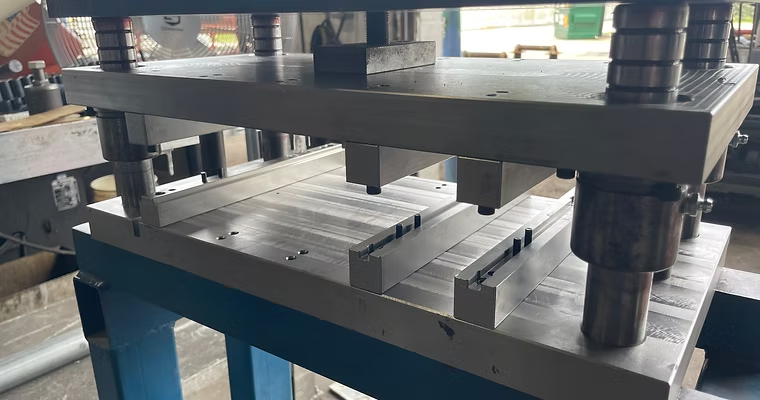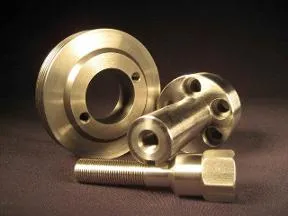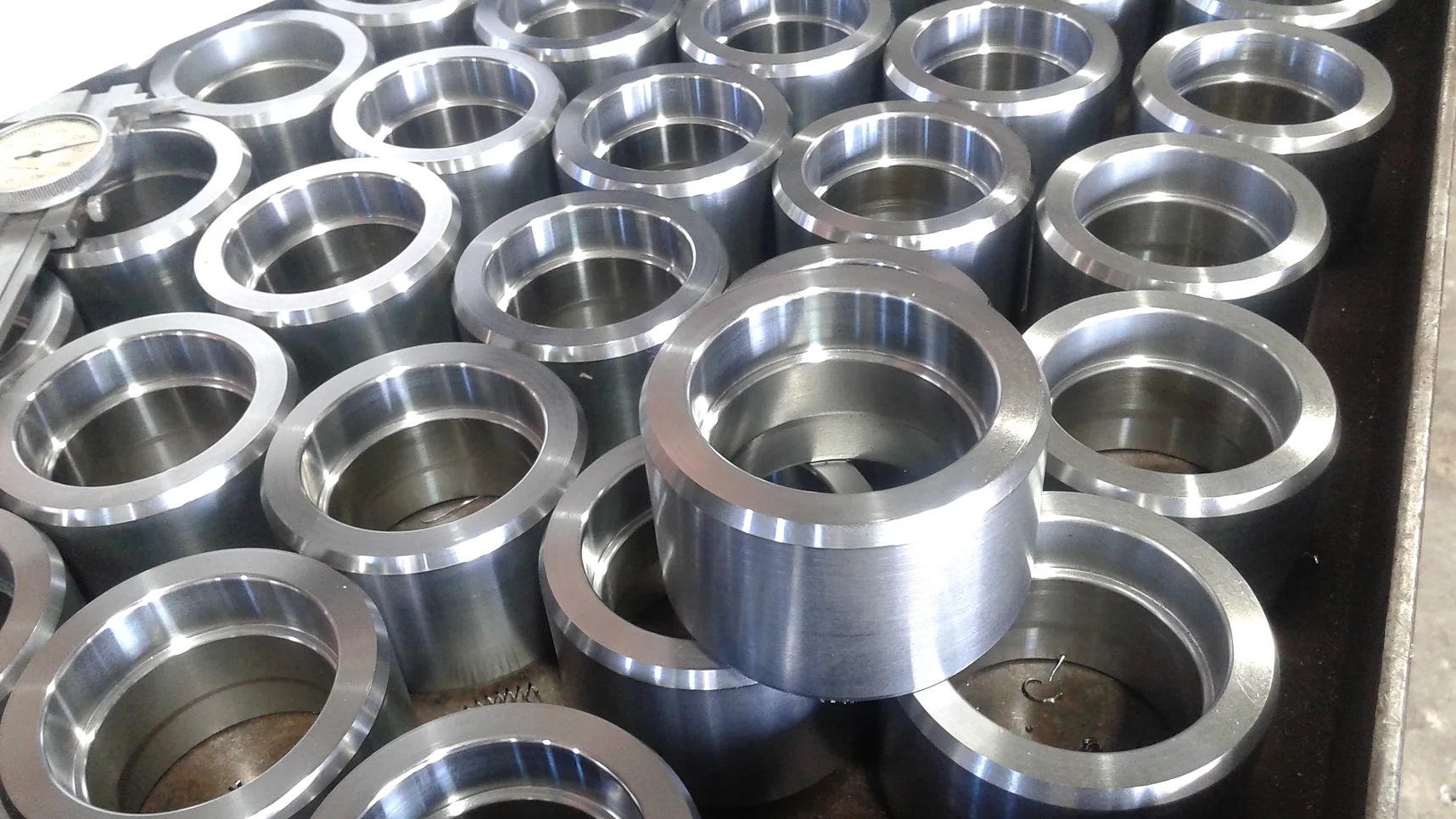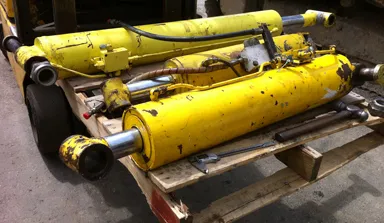Prototyping is a crucial step in bringing any manufactured product from concept to reality. It serves as the bridge between design and full-scale production, making it possible to refine ideas, spot flaws, and deliver better results for clients and end users alike.
What Is Prototyping?
Prototyping involves creating an early physical version of a part or product, often using the same materials and methods as the final production run. This allows engineers, designers, and clients to assess function, form, and feasibility before investing in high-volume manufacturing.
Advantages of Prototyping
-
Early Issue Identification: By testing a prototype, manufacturers and clients can find and solve design or functionality issues in advance, avoiding expensive fixes later.
-
Cost Savings: Prototyping pinpoints potential manufacturing problems and reduces the risk of production errors, minimizing wasted time and resources.
-
Improved Product Quality: Multiple iterations enable thorough testing of fit, form, and performance, resulting in better, more reliable final products.
-
Faster Development: Prototyping enables rapid feedback and design changes—accelerating time to market and supporting innovation.
-
Customization: Prototypes allow personalized solutions to be tested and adjusted, ensuring unique project needs and standards are met.
The Prototyping Process
-
Design & Planning: The process begins with detailed digital designs using CAD software to model the part or product.
-
Fabrication: Specialized equipment—often CNC machines—creates a physical version of the design, matching the specifications as closely as possible.
-
Testing & Evaluation: The prototype is assessed for fit, function, durability, and performance. Adjustments are made if issues are discovered.
-
Iteration: Based on feedback and analysis, refinements are applied, and new prototype versions may be produced until the best result is achieved.
-
Approval & Production: Once the final prototype meets project goals, full-scale manufacturing begins with confidence.
Real-World Examples
-
Automotive Component: A client needed a new engine mounting bracket. Prototyping exposed a stress concentration issue in the original design, leading to a geometry revision and improved durability—saving thousands in future warranty claims.
-
Medical Device: A surgical instrument prototype was created and evaluated in trial procedures. Minor ergonomic tweaks during testing resulted in significantly better handling for doctors and nurses.
-
Industrial Machinery: Custom hydraulic fittings were prototyped and function-tested under actual working conditions, helping the client avoid costly downtime by catching leaking issues before final production.
Our Expertise: Collaborative Prototyping at Advanced Precision Machine
Advanced Precision Machine specializes in collaborative prototyping services designed for efficiency, accuracy, and clear communication. Our process includes:
-
Working closely with clients from design through testing to ensure project goals are met
-
Quick turnaround using advanced CNC equipment and skilled technicians
-
Iterative feedback and transparent communication, supporting creative problem solving
-
Rigorous inspection of every detail, so final production is based on proven performance
Why Choose Advanced Precision Machine?
Prototyping is where great products start, and our team is dedicated to making every step count. Advanced Precision Machine delivers high-quality prototypes that help clients refine their designs, avoid costly errors, and succeed in manufacturing. Let us help you turn your ideas into reality—reach out for expert guidance, rapid results, and the reliability your innovation deserves!




